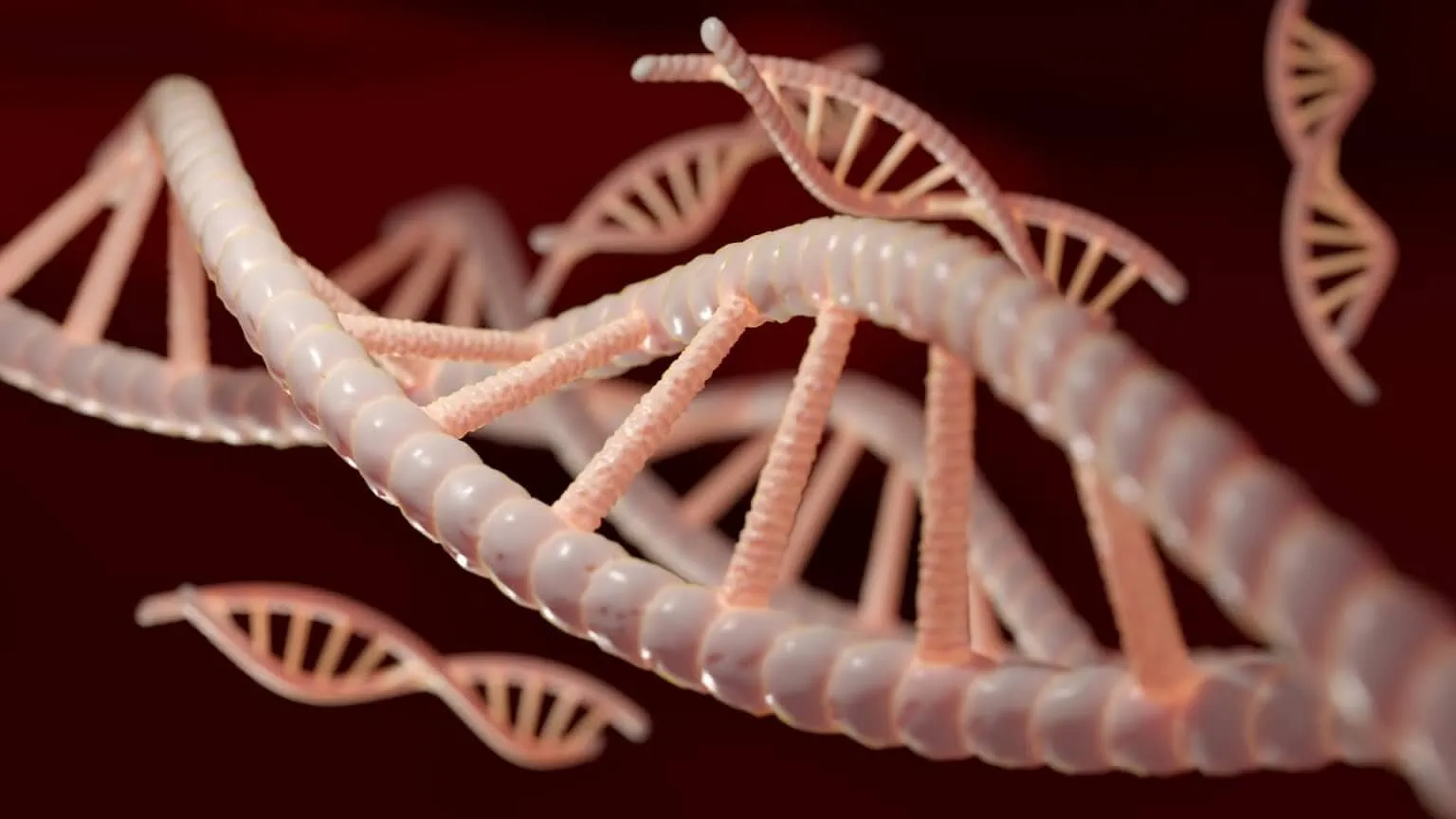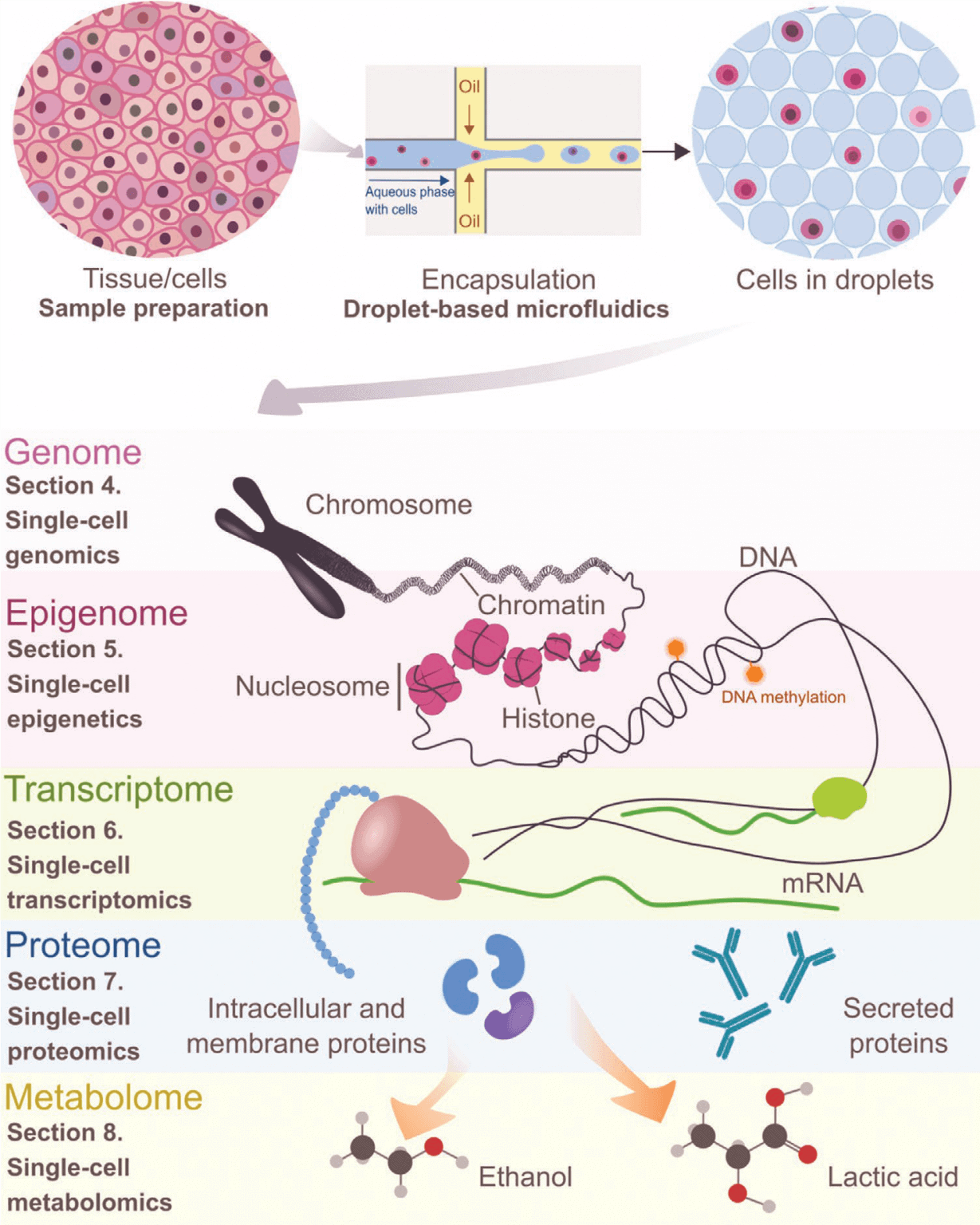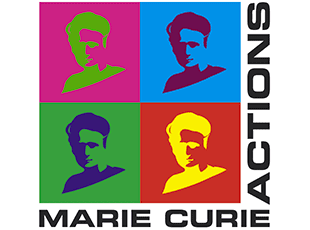Elucidating human enhanceropathies using droplet microfluidics: ENHPATHY
This project is completed now. If interested, feel free to contact us.
Elucidating human enhanceropathies using droplet microfluidic: introduction

Enhancers are regulatory DNA sequences that utilize various mechanisms to control gene expression. Enhancer malfunction caused by either genomic or epigenomic alterations can lead to multiple diseases. These are termed enhanceropathies and can range from congenital disorders (e.g., polydactyly) and autoimmune diseases (e.g., diabetes) to cancer.
Considering the increased incidence of some of these diseases in recent years, there is an urgent need for new diagnostic and therapeutic strategies to combat them. Developing effective methods requires a detailed understanding of the molecular basis of human enhanceropathies.
Elucidating human enhanceropathies using droplet microfluidic: project description
Conventional methods to interrogate enhancer function are insensitive to cell-to-cell variations and only reflect population-level views. This is a significant shortcoming, as cellular heterogeneity is inherent to most tissues and cell populations.
To decipher the full molecular complexity of enhanceropathies, it is essential to analyze a large number of cells from complex samples individually. This can be achieved using droplet microfluidics, which enables high-throughput single-cell encapsulation and thus allows the study of enhancer function at single-cell resolution.
This project aims to develop systems based on droplet microfluidics that help other groups within the ENHPATHY consortium study enhancer function at single-cell resolution, thus, shedding light on the molecular mechanisms of enhanceropathies.
We will use the OB1 flow controller and the MFS flow sensor (Elveflow) to obtain systems enabling automated, high-throughput droplet production with precise control over droplet size. Moreover, droplet production on these systems will be highly parallelized, increasing throughput for single-cell encapsulation.

Finally, the commercialization potential of the aforementioned systems will be investigated. Ideally, this project results in a commercially available microfluidic system that can be customized, is easy to use (plug and play), and enhances or simplifies research in single-cell omics, including studying enhanceropathies.
Thus, this would ultimately also facilitate the translation of molecular findings into new diagnostic and therapeutic avenues for patients suffering from diseases such as enhanceropathies.
Researcher

Robert Baber
Marie-Curie PhD candidate Elvesys/KTH
- R&D Engineer in Microfluidic Cartridge Development Team, BluSense Diagnostics (Copenhagen, Denmark)
- M.Sc. Eng. in Physics and Nanotechnology, Technical University of Denmark (Copenhagen, Denmark)
Areas of expertise:
Microfluidics, Micro- & Nanofabrication, Physics, Lab-on-a-Chip, Computer-aided design.


